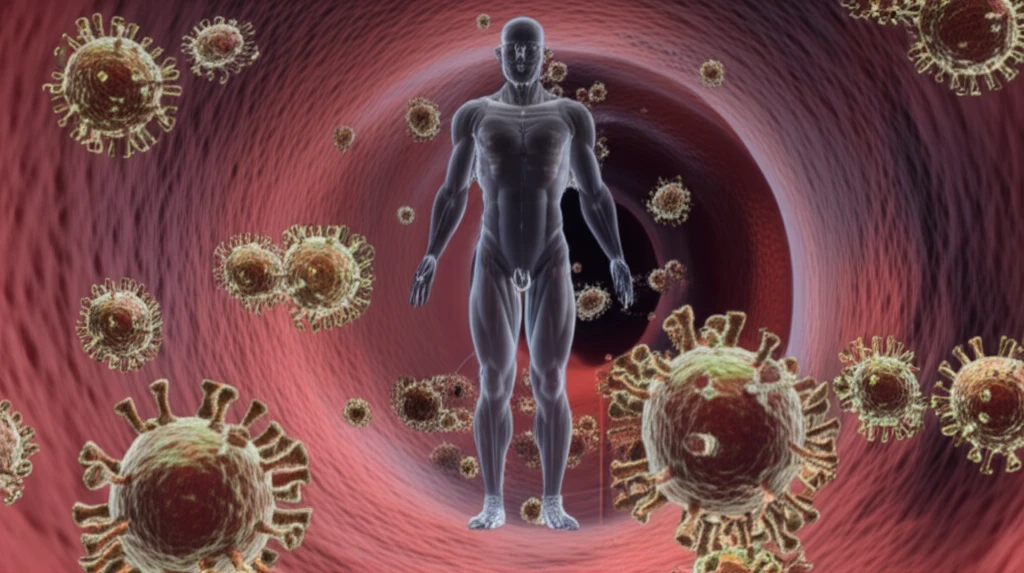
Unlocking the Secrets of Crimean-Congo Hemorrhagic Fever: How Our Bodies Fight Back
"New research sheds light on the role of beta-defensin-2 in combating CCHF, offering potential clues for future treatments."
Crimean-Congo Hemorrhagic Fever (CCHF) is a severe and often fatal disease caused by the CCHF virus, primarily transmitted through tick bites. Characterized by sudden onset fever, muscle aches, and bleeding disorders, CCHF poses a significant threat in regions where the virus is prevalent.
The body's immune system plays a crucial role in combating CCHF, with various immune cells and molecules working together to eliminate the virus and mitigate its harmful effects. Among these, antimicrobial peptides like beta-defensin-2 (BD-2) have garnered increasing attention for their potential antiviral properties.
A recent study published in Medical Principles and Practice has delved into the relationship between serum BD-2 levels and the clinical course and prognosis of patients with CCHF. This research offers valuable insights into how BD-2 may influence the severity and outcome of this devastating disease.
How Does Beta-Defensin-2 (BD-2) Help Fight CCHF?

Beta-defensin-2 (BD-2) is a small antimicrobial peptide produced by various cells in the body, including those in the skin, respiratory tract, and gastrointestinal system. It acts as a first line of defense against invading pathogens, including viruses. Here's how BD-2 helps:
- Direct Antiviral Activity: BD-2 can directly disrupt the viral envelope, preventing the virus from entering healthy cells.
- Immune Modulation: It stimulates the immune system, attracting immune cells to the site of infection and enhancing their ability to fight the virus.
- Broad-Spectrum Protection: BD-2 is effective against a range of pathogens, making it a valuable asset in the body's defense against various infections.
The Future of CCHF Treatment: Harnessing the Power of BD-2
This study provides a foundation for further research into the therapeutic potential of BD-2 in CCHF. Future studies should investigate whether interventions that boost BD-2 levels can improve patient outcomes. While the study acknowledges limitations due to sample size, it highlights a promising avenue for exploration. The interplay between the body's innate immune responses and severe infections like CCHF is complex, but understanding the role of molecules like BD-2 brings us closer to effective treatments.
